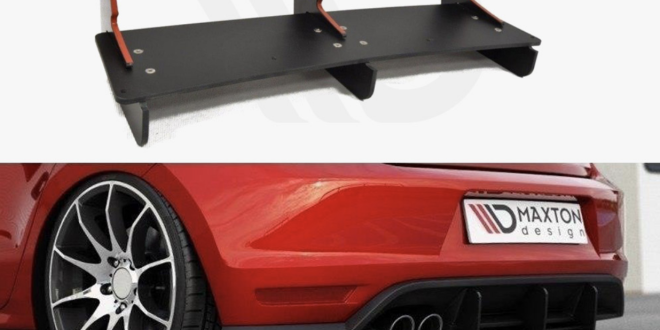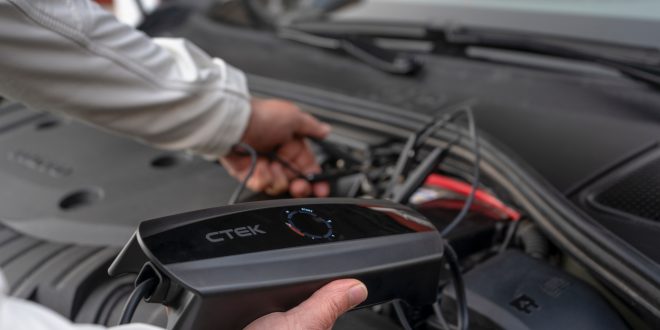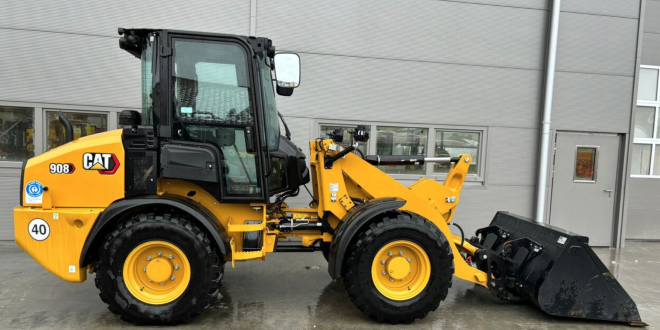Home / Auto Blog / The Future on the Road: The Evolution of Autonomous Driving and a Master Class in Brake Pad Replacement
11 hours ago
Auto Blog
In recent years, autonomous driving has become one of the most talked about topics in the automotive industry and beyond. Developments in this field promise to revolutionize the way we travel, make roads safer and significantly improve people’s quality of life. But what is the current state of autonomous driving technology, and what lies ahead?
Today, autonomous vehicles (AVs) are no longer a fantasy, but a reality. Various companies around the world are actively testing drones, and some of them are already in limited use. However, full implementation on public roads is still a long way off. The main obstacles are legal, ethical and safety issues. It is important not only to create technology that can reliably drive in all conditions, but also to ensure the legal protection and safety of all road users.
Unmanned vehicles have the potential to radically change our lives. They promise to reduce the number of accidents caused by human error, free up the time we spend driving, and provide new opportunities for people with disabilities. They can also have a significant impact on urban planning – reducing the need for parking spaces and changing traffic flows.
Autonomous Driving
- Statistics and figures: Studies show that autonomous vehicles can reduce road accidents by about 90%, as most accidents are caused by human error. It is predicted that by 2035, there could be as many as 10 million autonomous vehicles on the world’s roads.
- Expert Opinion: Experts say that the introduction of autonomous vehicles will require significant changes in road infrastructure and legislation, as well as addressing ethical issues related to critical decision-making.
- Insights: The introduction of autonomous vehicles promises to reduce time spent in traffic jams, reduce pollution and make transportation accessible to the general public, including people with disabilities.
Brake pad replacement: step-by-step guide
Replacing brake pads is an important part of car maintenance that you can do yourself. To get started, you’ll need new brake pads suitable for your car, as well as a set of tools including a jack, wrenches and a tool for pushing back the brake caliper piston.
Jack up the vehicle and remove the wheels.
- Unscrew the mounting bolts and remove the brake caliper to gain access to the pads.
- Carefully remove the old pads, noting their location.
- Using a special tool, gently push the caliper piston backwards.
- Install the new pads, following the reverse sequence.
It is important to remember about safety: before starting work, make sure that the car is securely fixed on the jack, and the replacement is made on a level surface. After replacement, do not forget to check the brake fluid level and top up if necessary.
Image of a brake pads mount provided by www.buycarparts.co.uk
Self-replacement of brake pads
- Customer experience: Many car owners note that self-replacement of brake pads is an economical and quite simple process that can be performed using a minimal set of tools. However, it is important to strictly follow the manufacturer’s instructions and technical recommendations.
- Expert tips: Automotive mechanics emphasize the importance of regular inspection and timely replacement of brake pads to ensure safe driving. It is recommended to check the condition of the brake system every 10,000 to 15,000 kilometers of mileage.
- Insights: Replacing brake pads yourself not only helps save money on car maintenance, but also increases the car owner’s knowledge of their vehicle, which can be useful in emergency situations.
Autonomous driving promises to be one of humanity’s most significant transportation advances, but there’s still a lot of work to do to ensure its safe and efficient implementation. And car maintenance knowledge and skills, such as changing brake pads, remain important for every driver, also known as a wall box or home charger.
Check Also
Front loader: everything you need to know
Front loader is a highly versatile technique, the main task of which is to perform …













